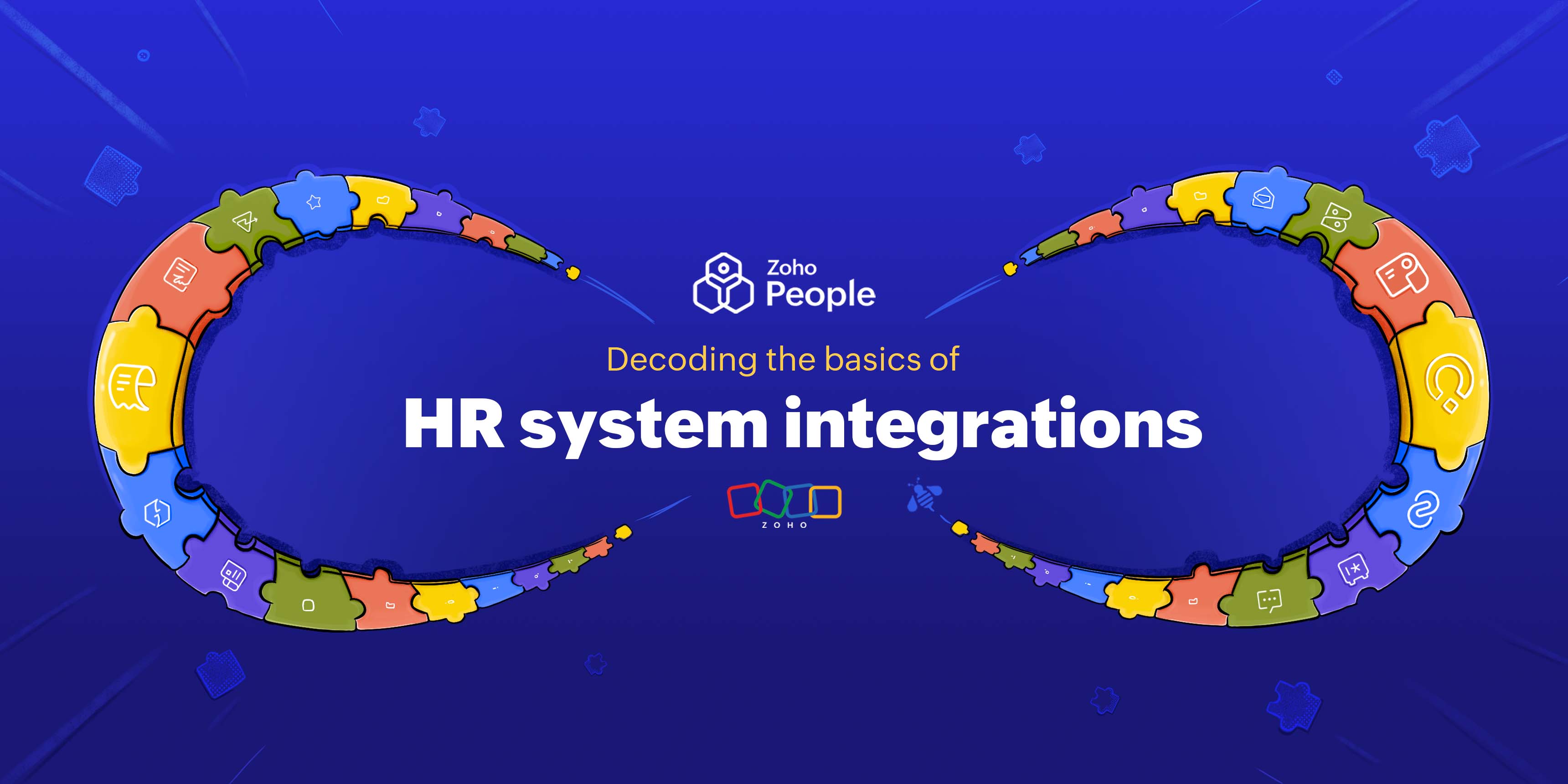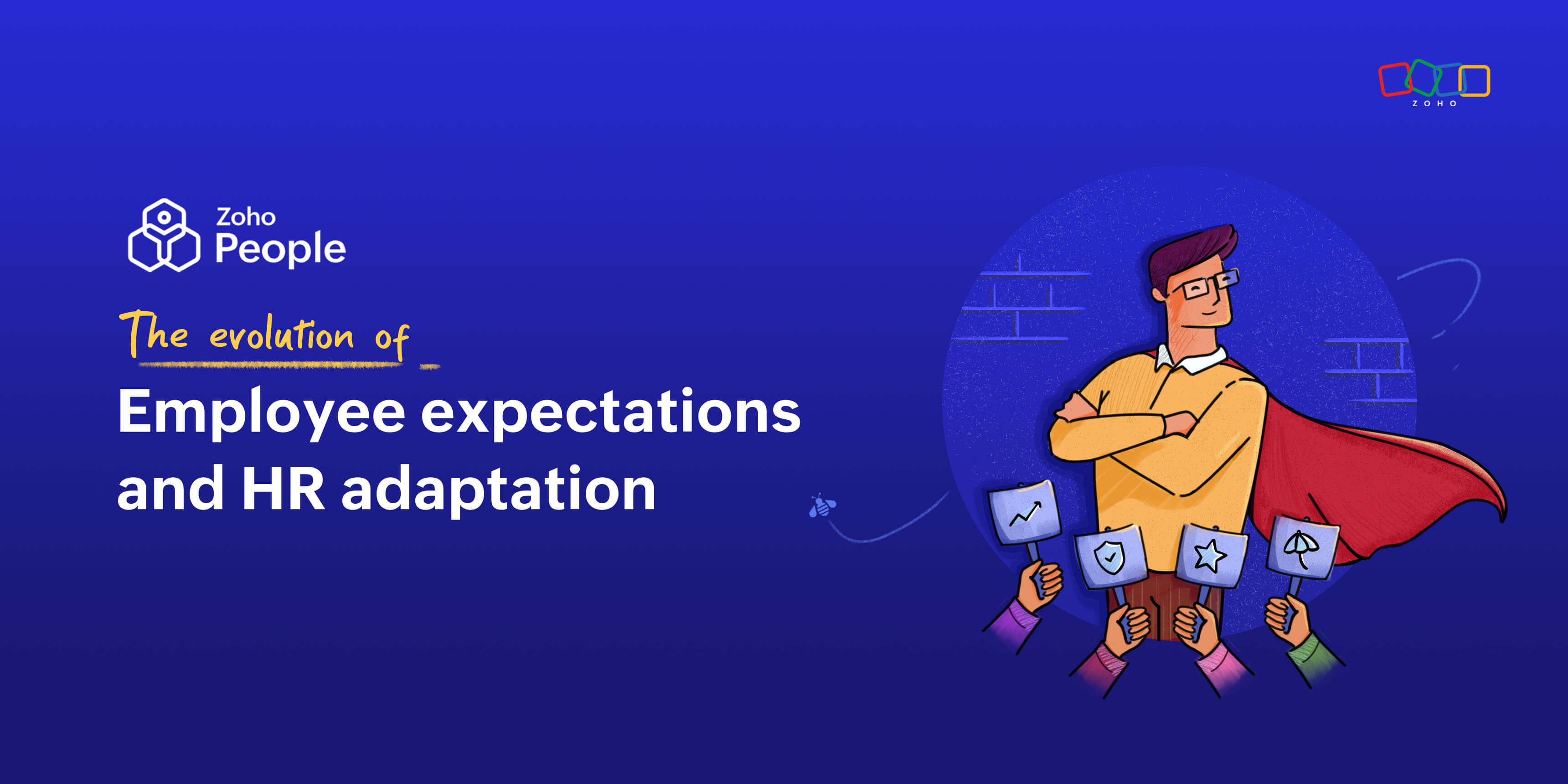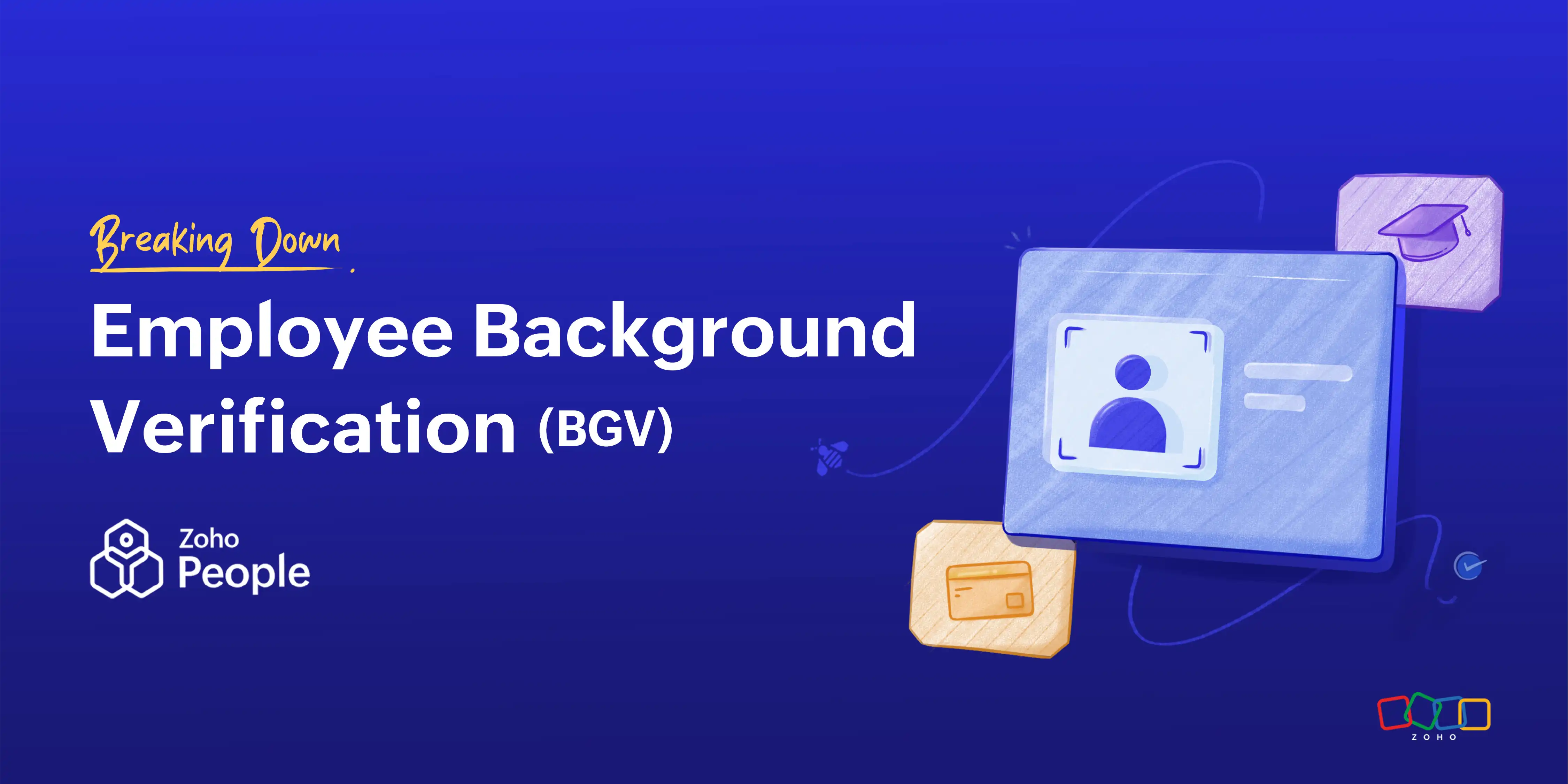- HOME
- More
- HR for SMBs
- Developing a successful rewards and recognition program
Developing a successful rewards and recognition program
- Last Updated : May 1, 2024
- 5.8K Views
- 5 Min Read
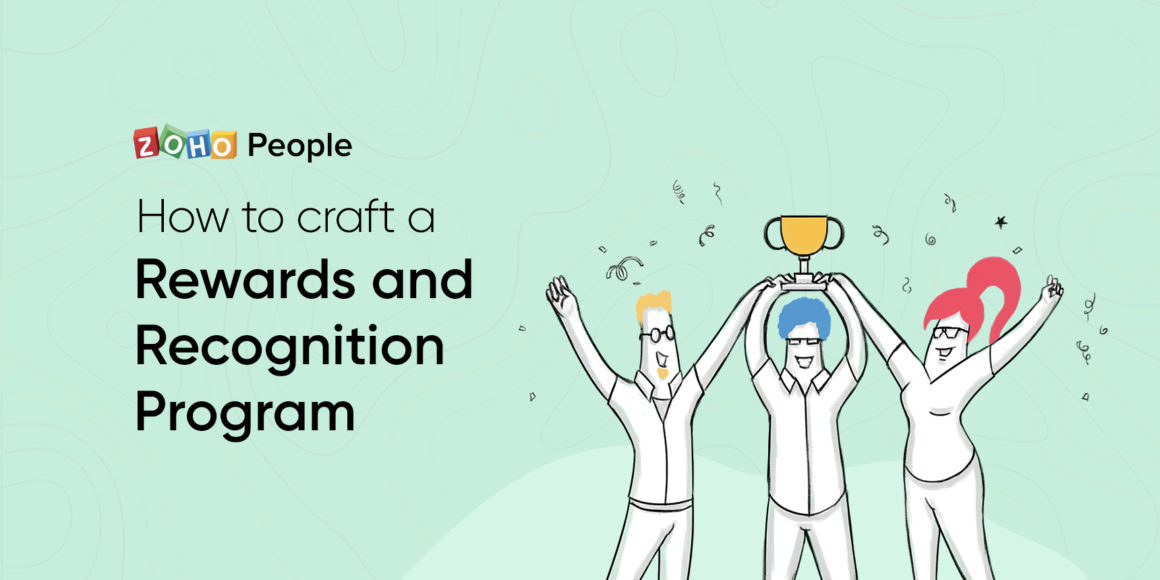
There are a plenty of ways to retain your talent, but one of the best methods often goes overlooked. Recognition for a job well done gives employees a strong sense of validation for the work they do. It’s not always about a big paycheck or exuberant perks. Today’s modern workforce looks beyond that. They want to contribute to a bigger picture and be valued for that.
What are rewards and recognition?
A rewards and recognition program is a powerful employee management strategy that allows organizations to keep up their employees' enthusiasm and motivation levels by acknowledging and appreciating all the good work they've done to achieve their organizational and team goals. Rewards and recognition can be monetary in the form of salary hikes, bonuses, profit sharing, and similar compensation, or non-monetary in the form of awards, additional time off, promotions, and the like.
Why a rewards program?
Implementing meaningful methods of recognizing your employee’s hard work can improve their satisfaction, job experience, and morale. Something as simple as a “thank you” or “good job” is all you need to show that you care about and value their work. However, how do you ensure every team in your company takes recognition seriously? Are managers taking sufficient steps to recognize individual effort? Are employees happy about the recognition they get?
The answer to these questions is to incorporate a stabilized approach throughout the organization—a rewards and recognition program.
63% of employees who are recognized are very unlikely to look for a new job.
Source: Survey Monkey
A well-panned rewards and recognition program:
Provides unbiased recognition
Builds a sense of ownership
Improves engagement and satisfaction
Designing a rewards and recognition program
Your organization is made up of a web of teams, job roles, and generational gaps between employees. You need a rewards and recognition program that appeals to your specific organizational requirements. Draft a design with the following things in mind:
Who receives an award?
Choose the behavior or milestone that you decide to reward. Depending on your organization, it could be for tenure, leadership, performance, quarterly reviews, crisis management, or new innovations. Draft your rewards based on relevant categories so that you get a chance to identify and appreciate all your employees and the variety of talents they bring to the table.
Types of awards
When you have a clear idea on what you’re rewarding, the next step is choosing what to reward them with. Here are a few ideas:
Monetary recognition or bonuses
Health care benefits
Promotions
Spot rewards
Awards
Different behaviors will merit different rewards, and what is given completely depends on your organization’s goals and the budget you have.
Timely and relevant
Ensure your reward is timely and relevant, making the employee feel valued and honored to receive it. Giving a small coupon to the salesperson who reaches the highest target will not have the effect you intend. To motivate employees with a rewards program properly, they must feel that the rewards they get are worth the hard work it took to achieve organizational goals. Rewarding employees in the right way will boost their motivation and engagement.
Frequency
Rewarding an employee only once is more of an on-the-spot moment of appreciation rather than a continuous strategy. The aim of a rewards and recognition program is to grow a culture of healthy, motivated behavior and high productivity. Make sure the rewards you give recur on a monthly, quarterly, or yearly basis. This frequency can also show your employees that they all have an equal chance to win, and this will mean that the level of productivity and engagement is sustained between reward periods.
Who should reward?
We’re past the days of traditional rewards from just the manager to their team members. Today, organizations want to foster more meaningful connections with recognition that comes from peers, peer nominations, or managers. This diversified approach gives employees a strong sense of genuine validation. Discuss with your decision makers about what kind of approach you’d like to practice within your company, and choose a method that reflects your culture and attitude towards work.
Stay within your budget
Rewards and recognition may appear costly. However, when planned and executed correctly, you can reap the benefits. There’s always the question, “how much is sufficient?” SHRM suggests to spend 1% of payroll on rewards and recognition. Remember, going overboard or spending less on your rewards program can have its own impacts. Make sure your recognition programs are sufficiently funded and expenses are tracked in a single location. Today, we have the aid of technology to provide seamless recognition in ways that don’t burn a hole in your pocket.
How can technology help?
Rewards and recognition initiatives can have little to no impact if they are not centralized, tracked, and adjusted. It’s not merely about rewarding an employee, but also which behavior should be rewarded and with what—all while keeping with the budget. For example, let’s say you’re planning to reward the most targets achieved. How will managers be able to efficiently track every employee’s goals? An effective software solution can help managers track individual goals and identify top performers, while eliminating bias and improving transparency throughout the team.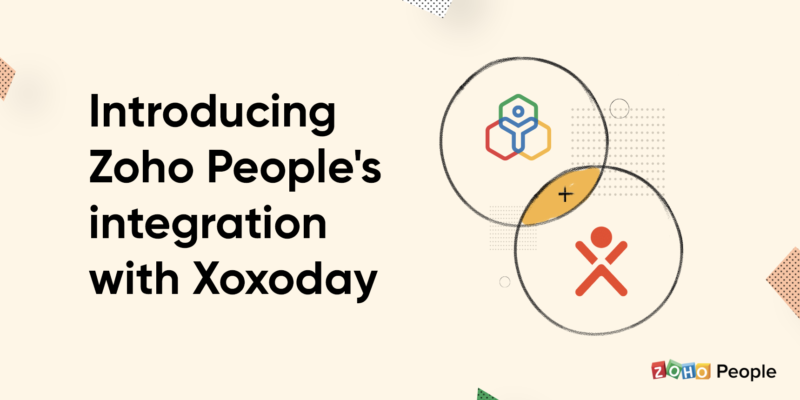
Software like Zoho People is built to streamline HR processes—from onboarding and performance management to routine HR tasks. Our integration with Xoxoday, the rewards and recognition platform, enables us to provide organizations with a culture of growth, motivation, and recognition.
How does the integration work?
Xoxoday reward points can be accessed inside Zoho People. These points can then be given to workers as a form of appreciation and redeemed from the Xoxoday catalog of rewards and global experiences.
Your strategy in action
Once you’ve designed and finalized your rewards and recognition program, the next step is to successfully execute the program. When it comes to execution, it’s most important to communicate. Communicate to your leaders, managers, and employees. Let your managers know how the program works, and brief them on how to evaluate for rewards. Explain to employees about what types of achievements will be rewarded so they can work toward those goals. You can also try your program out with just a few teams first. Analyze the cost, the impact on engagement and productivity, and if it appears successful, open it up for your entire organization.
The work doesn’t end with proper execution. A successful program also requires frequent assessments and tweaks based on the impact. A well-thought-out and neatly implemented rewards and recognition strategy can do wonders for your organization.
Also read:How to improve employee recognition in your workplace
 Princy
PrincyContent marketer at Zoho People.
